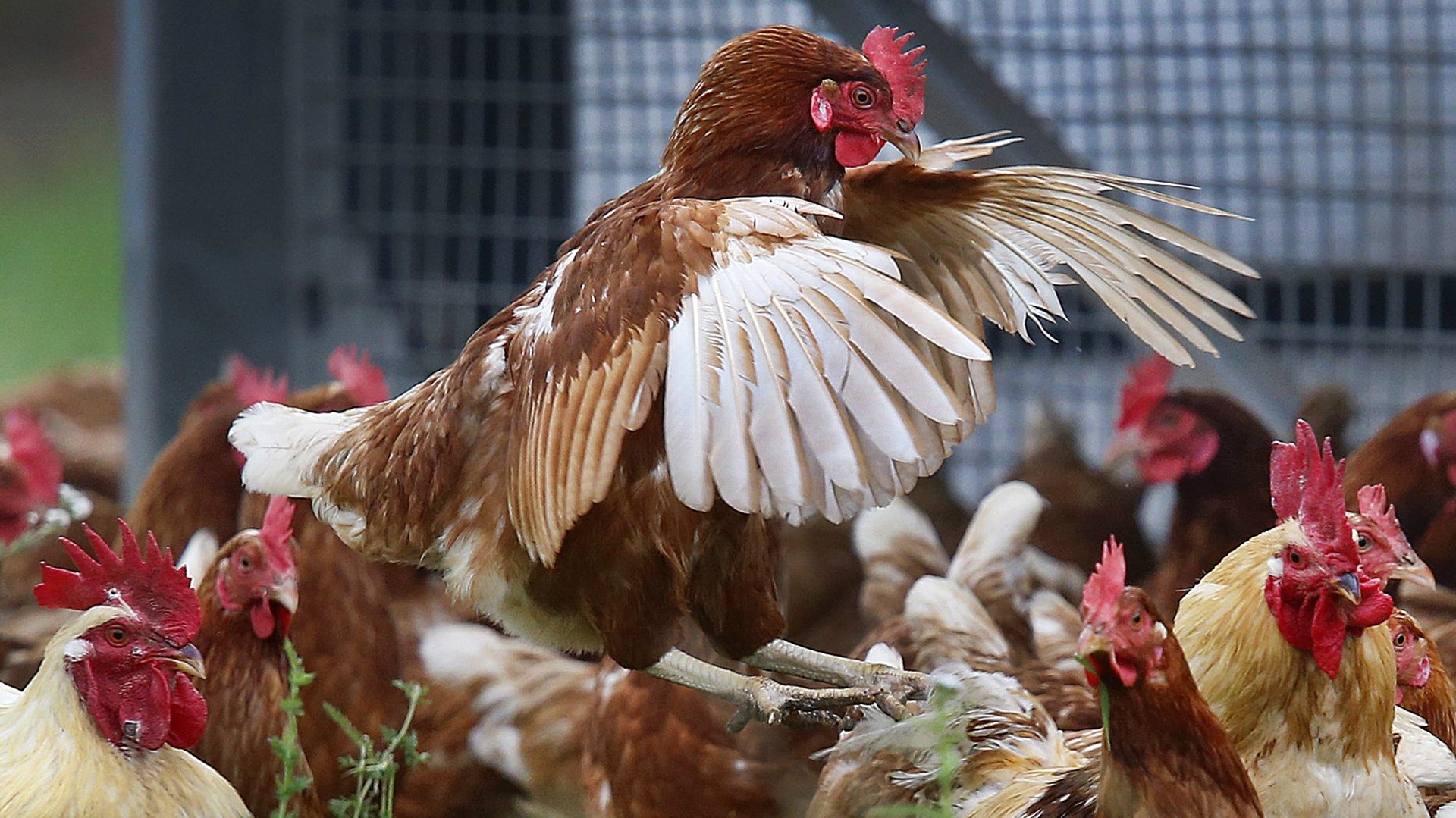The WHO is calling on global farms to take antibiotic resistance seriously
The World Health Organization (WHO) wants to curb the dangerous rise of global antibiotic resistance, and is asking farmers all over the world to help, by changing the way they keep their herds and flocks healthy.


The World Health Organization (WHO) wants to curb the dangerous rise of global antibiotic resistance, and is asking farmers all over the world to help, by changing the way they keep their herds and flocks healthy.
The WHO this week (Nov. 7) released new guidelines (pdf) recommending how the world’s farmers should handle “medically important” antibiotics. Antibiotics are supposed to be used to treat illness. But many agricultural experts say farmers have been overusing antibiotics on their animals to make them grow bigger and faster, and to prevent them from getting sick. That overuse has led to the development of new strains of infectious bacteria that are harder and harder to kill, and has put essential modern medicines—including penicillin and tetracyclines—at risk of becoming ineffective.
The report was released over a year after the United Nations General Assembly elevated the issue of antibiotic resistance to a crisis level similar to HIV, Ebola, and the rise of non-communicable diseases such as heart disease. It casts the agricultural sector as a key player in the global fight to keep antibiotics from becoming obsolete in the face of stronger bacteria.
“It was stronger than I expected it to be,” says Gail Hansen, a veterinarian and expert in antibiotic resistance. “They came out strongly saying antibiotics should not be used for growth promotion or prevention.”
Almost all major meat-industry trade groups say they do not use the drugs to promote growth, however many do routinely feed animals drugs—often in their water and food—to prevent illnesses. That kind of overuse over the years, multiplied by the billions of animals raised for food every year—9 billion in the US alone—could have deleterious effects on public health, some experts, including Hansen, have said.
The US Centers for Disease Control and Prevention estimates that 23,000 people die in the US each year as a direct result of antibiotic resistance. Some of those deaths were from illnesses once easily treated with the drugs, including MRSA and some E. coli infections.
The WHO report coincided with a new study published in the The Lancet Planetary Health Journal, which found policies that restrict antibiotic use on farm animals wound up reducing antibiotic resistant bacteria in the animals by up to 39%.
The Trump administration blasted the WHO report, saying the new guidelines are “not in alignment” with US policy. The administration also claimed the report was not supported by sound science. “The recommendations erroneously conflate disease prevention with growth promotion in animals,” said the US Department of Agriculture’s acting chief scientist, Chavonda Jacobs-Young, in a statement.
US meat groups also pushed back against the report. “A ban on disease prevention uses of antibiotics in food-animal production…would be ill-advised and wrong,” the National Pork Producers Council said in a statement.
Many meat companies have moved away from using antibiotics in parts of their food production lines, including major players such as Tyson Foods and Perdue Farms. Notably, though, those companies are only making changes to their broiler-chicken operations. Broiler chickens live about six weeks before they are slaughtered, so there was less a need for antibiotics there anyway. Cows and pigs live up to two years before slaughter, giving them more exposure to illness-causing bacteria.